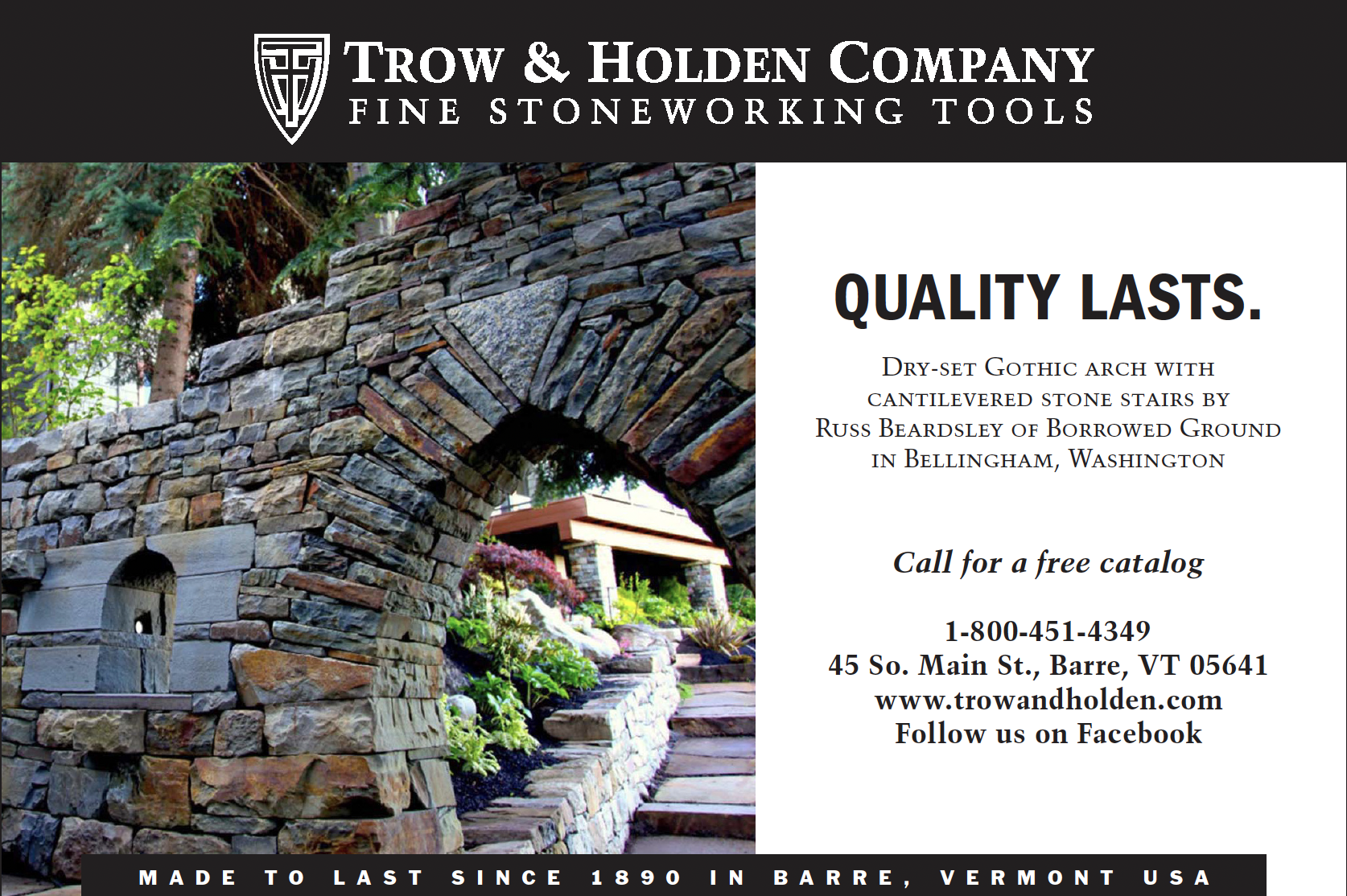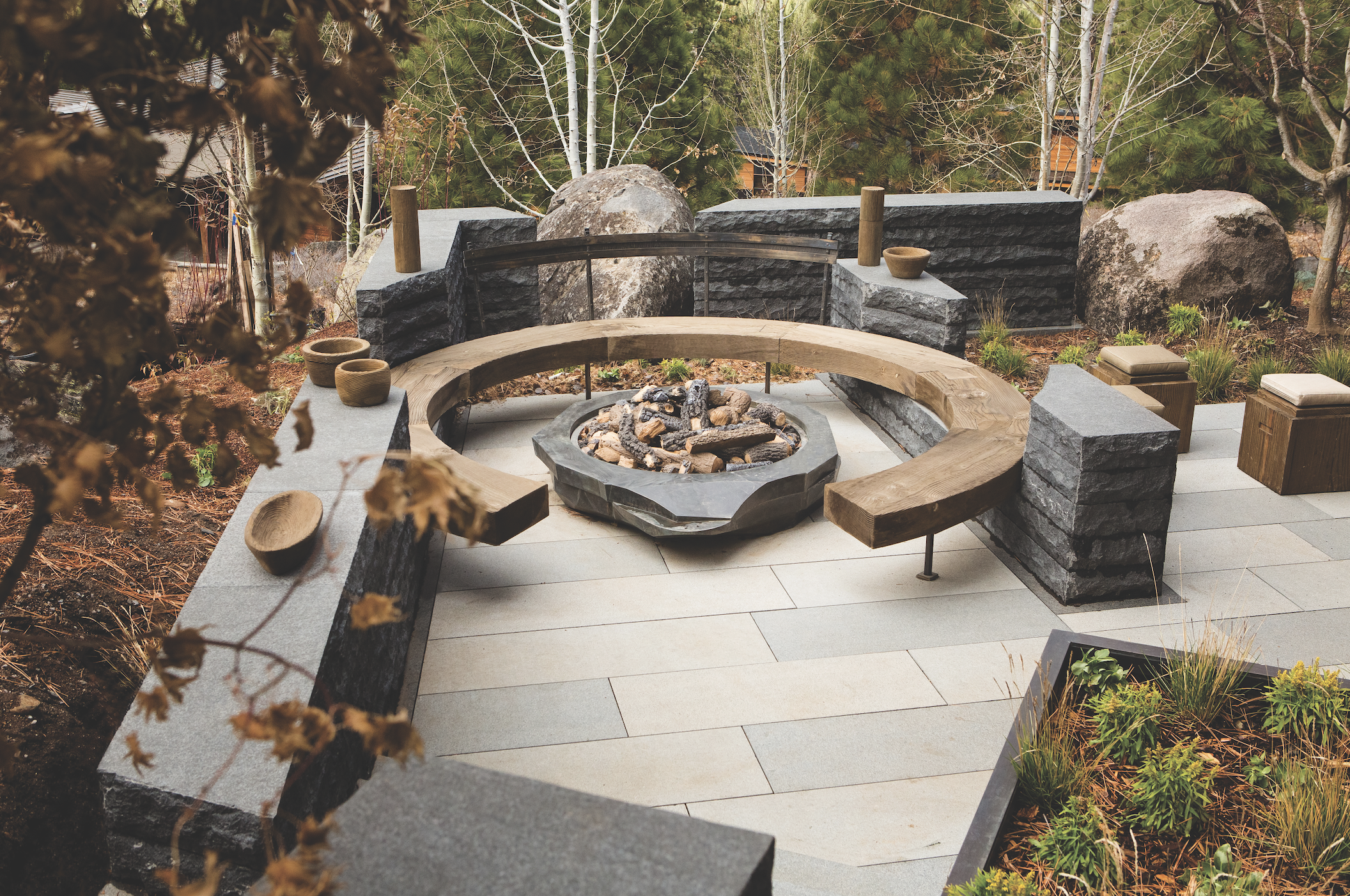
What’s Possible With the Drystone Method in the 21st Century
Although the dry stone method is one of the world’s oldest building techniques, modern structural building and landscaping trends overlook its full potential. The question architects and designers should be asking is “What’s possible with the dry stone method in the 21st century?”
Jon Aquilar of JTA Stoneworks uses dry stone principles along with modern technologies to show that the only limits are one’s imagination. As an artist who uses natural stone, Jon is not willing to use concrete, traditional masonry techniques (with mortar) or concrete products. Although many landscape architects, designers and professionals have limited knowledge about stone and the dry stone method today, Jon is hoping to educate and create awareness about its potential.
Most people think of the long roadside walls built from local rock when they hear the term “dry stone,” but this ancient technique is amazingly adaptable. It can be used to build six-figure, modern-themed residential or commercial projects or for a small meditation space by a creek with rock gathered on-site.
In 2016, Jon was contacted by a customer in Truckee, California, requesting a modern design for a complete outdoor design-build project. The design themes given were “warm, contemporary, minimal and mountain.” Unsure how the dry stone technique would be able to accomplish his vision without using concrete, the customer asked Jon to show him a plan first and gave him a $1 million starting budget.
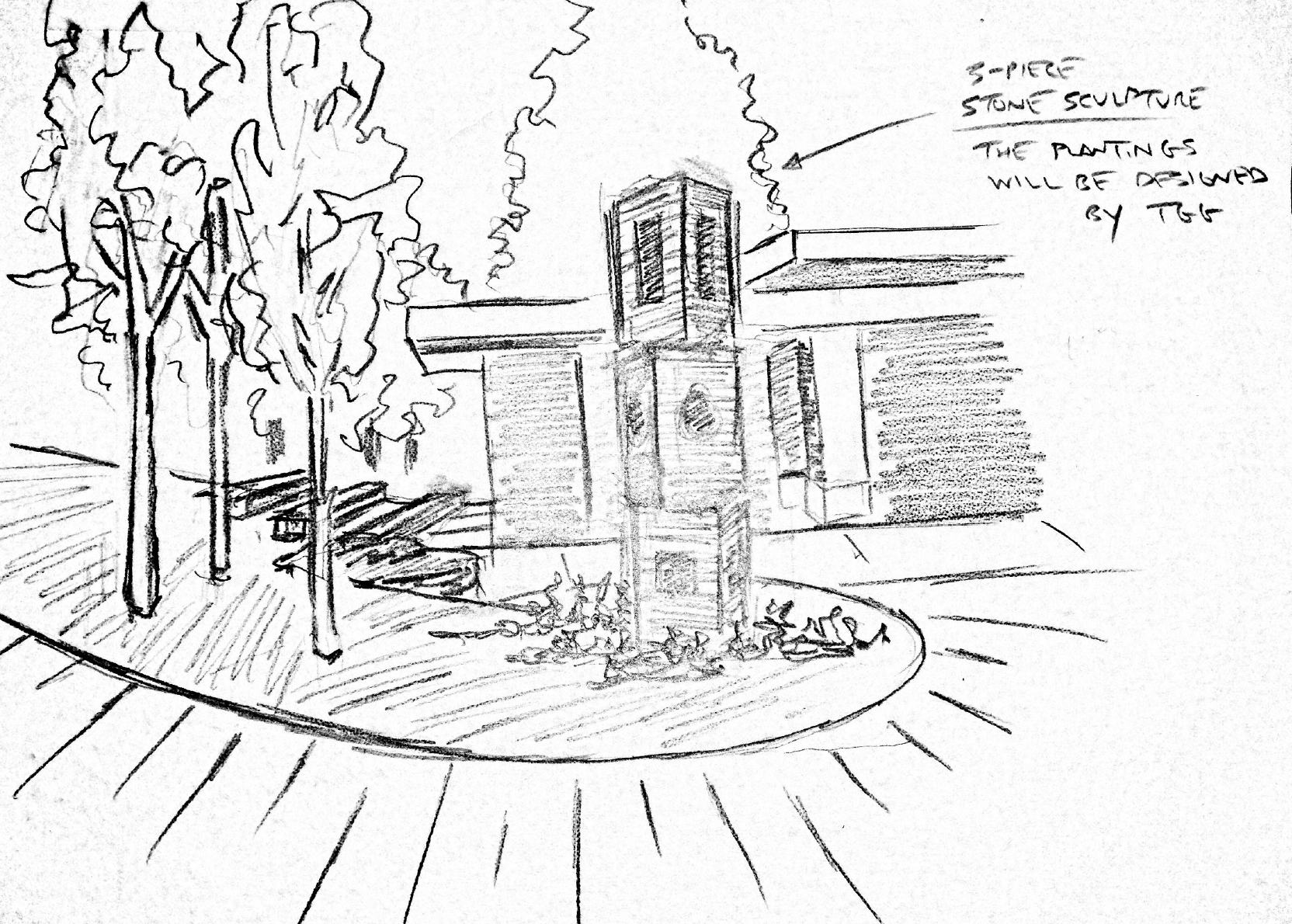
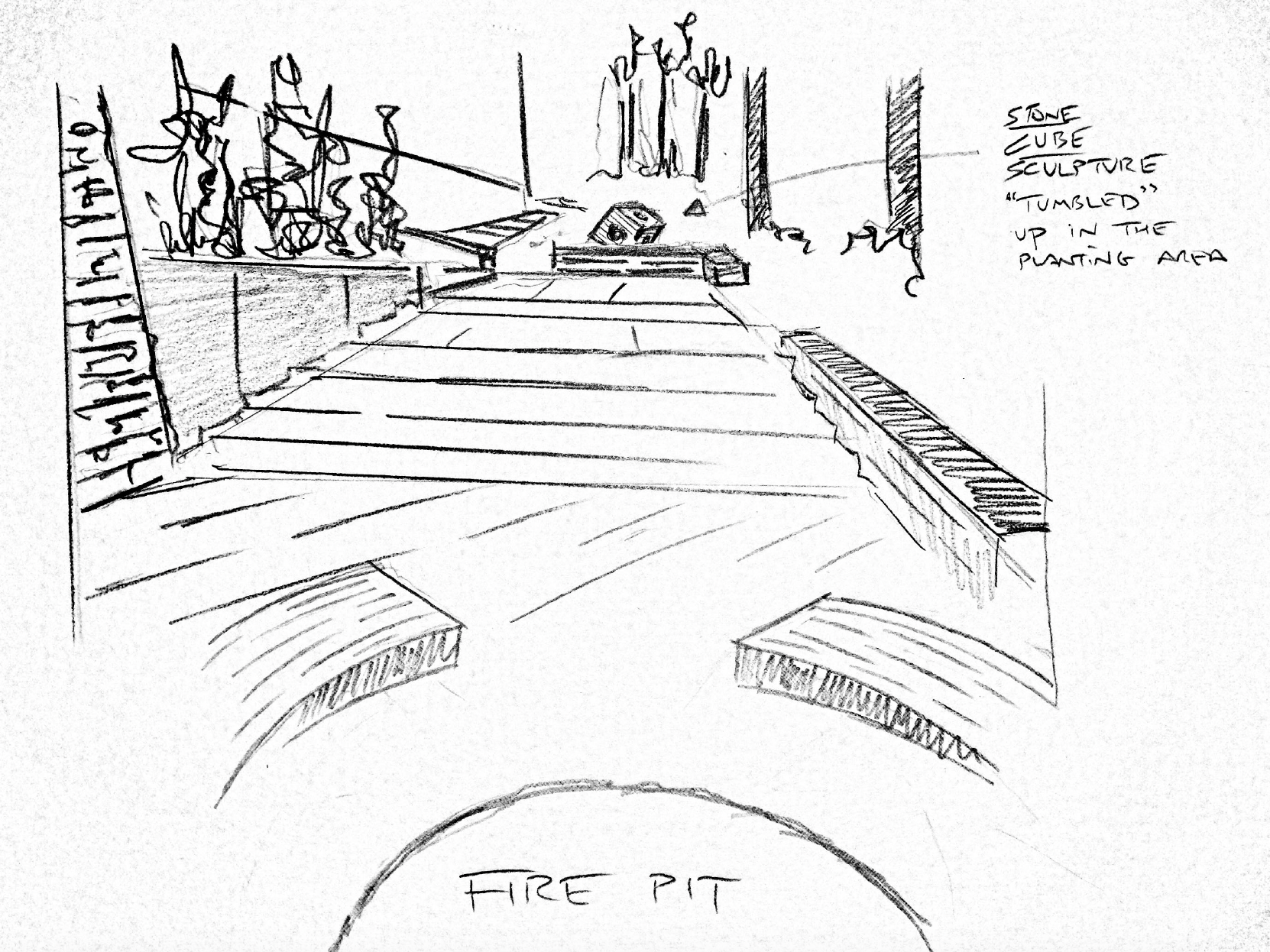
Jon knew what was possible, and he engaged with his team of collaborators to turn the customer’s idea into reality. “For this project, I simply innovated,” he says. “I created the Modern Stonecraft method, which combines the dry stone building method, machine-based stereotomy and lifting technology to meet the demands of modern design. Every stone on the entire project was set with an excavator, telehandler-mounted friction grabber or a vacuum lifter.”
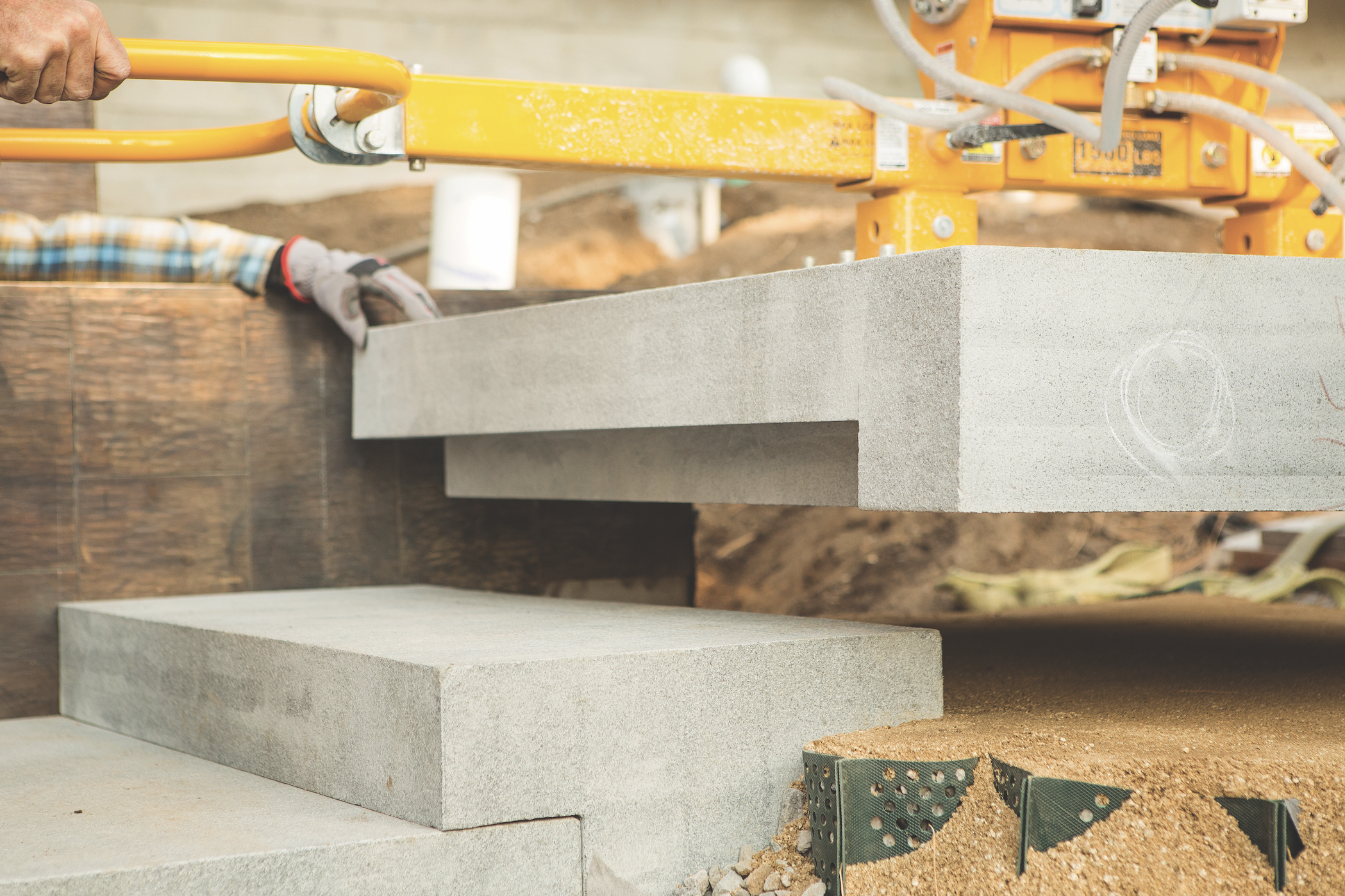
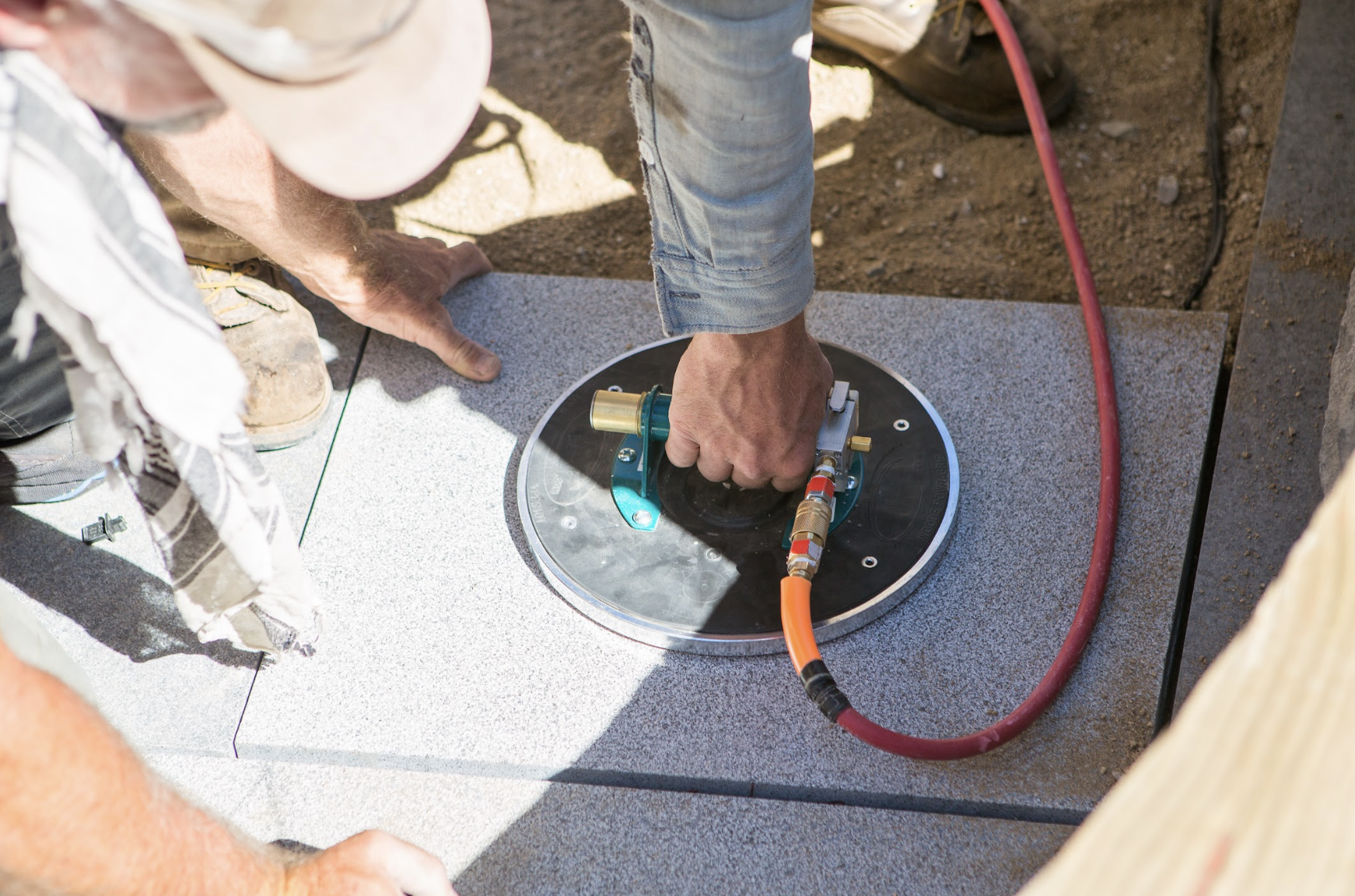
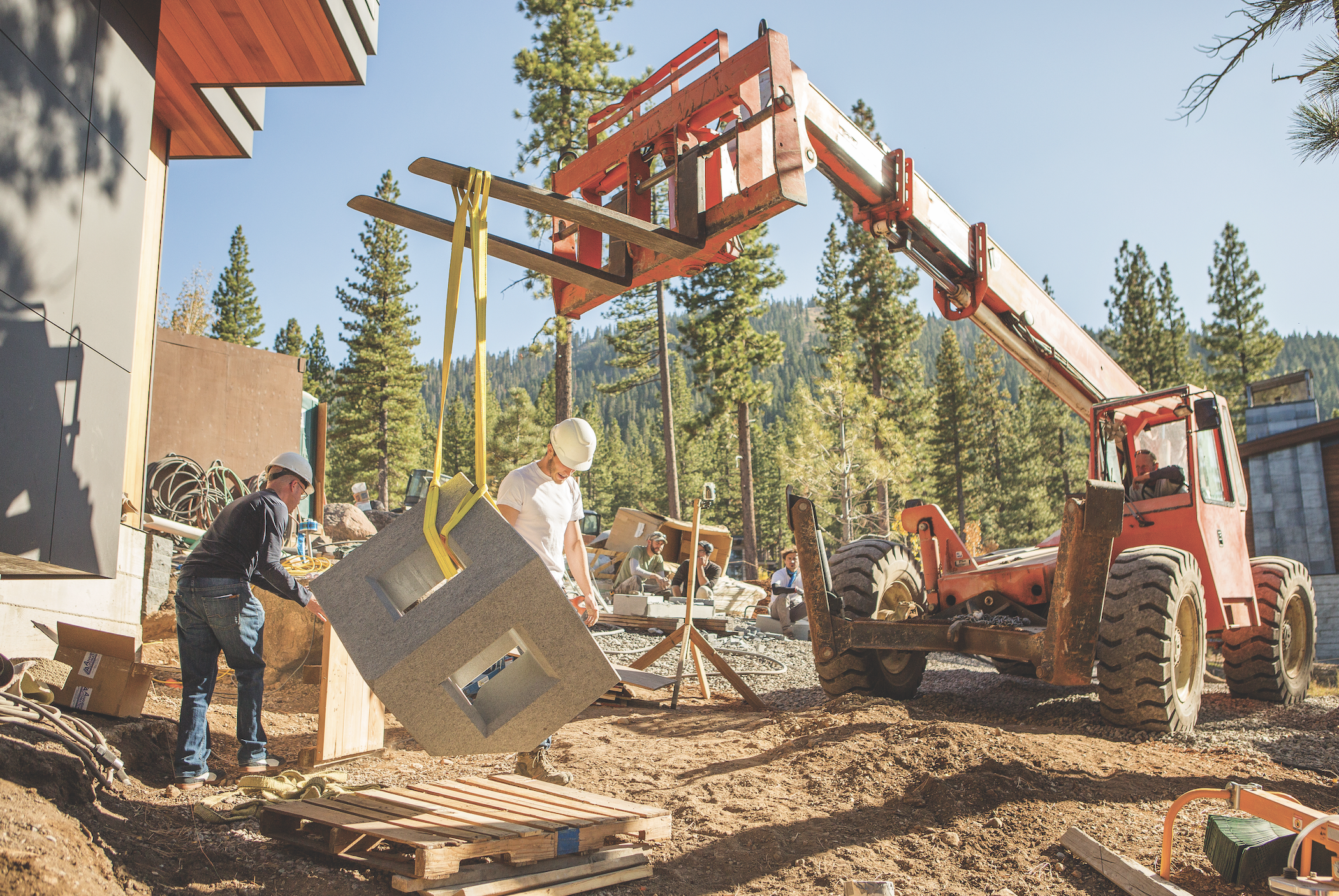
There were two excavators and one telehandler on site at all times as well as three types of vacuum lifters and friction grabbers. A cellular confinement system was also utilized under the entire stone portions as a highly cost-effective option that provides a high level of base stability and stone surface permeability. His innovation opened the door to a world of opportunity, combining old and new into a unique design-build approach for outdoor features.
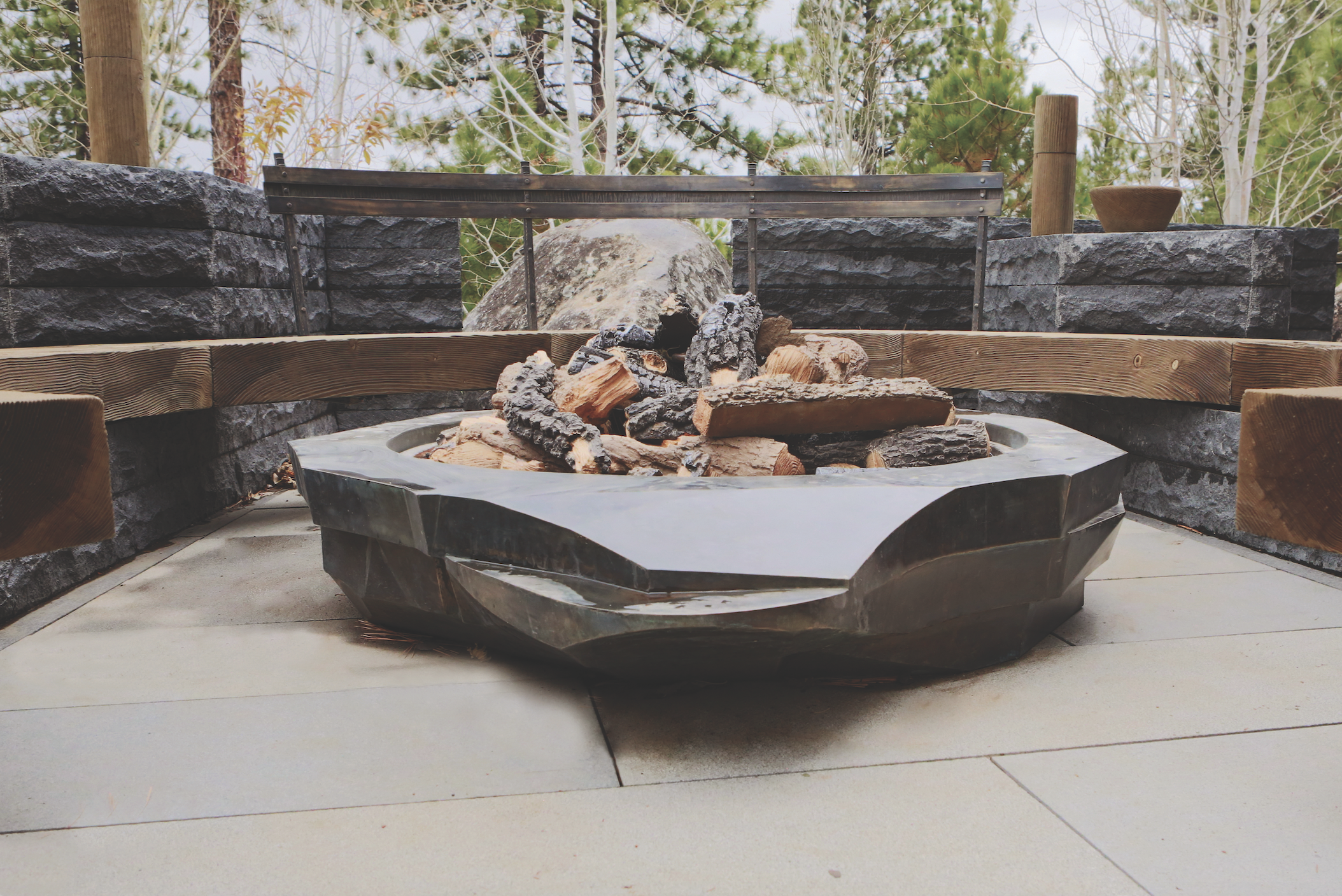
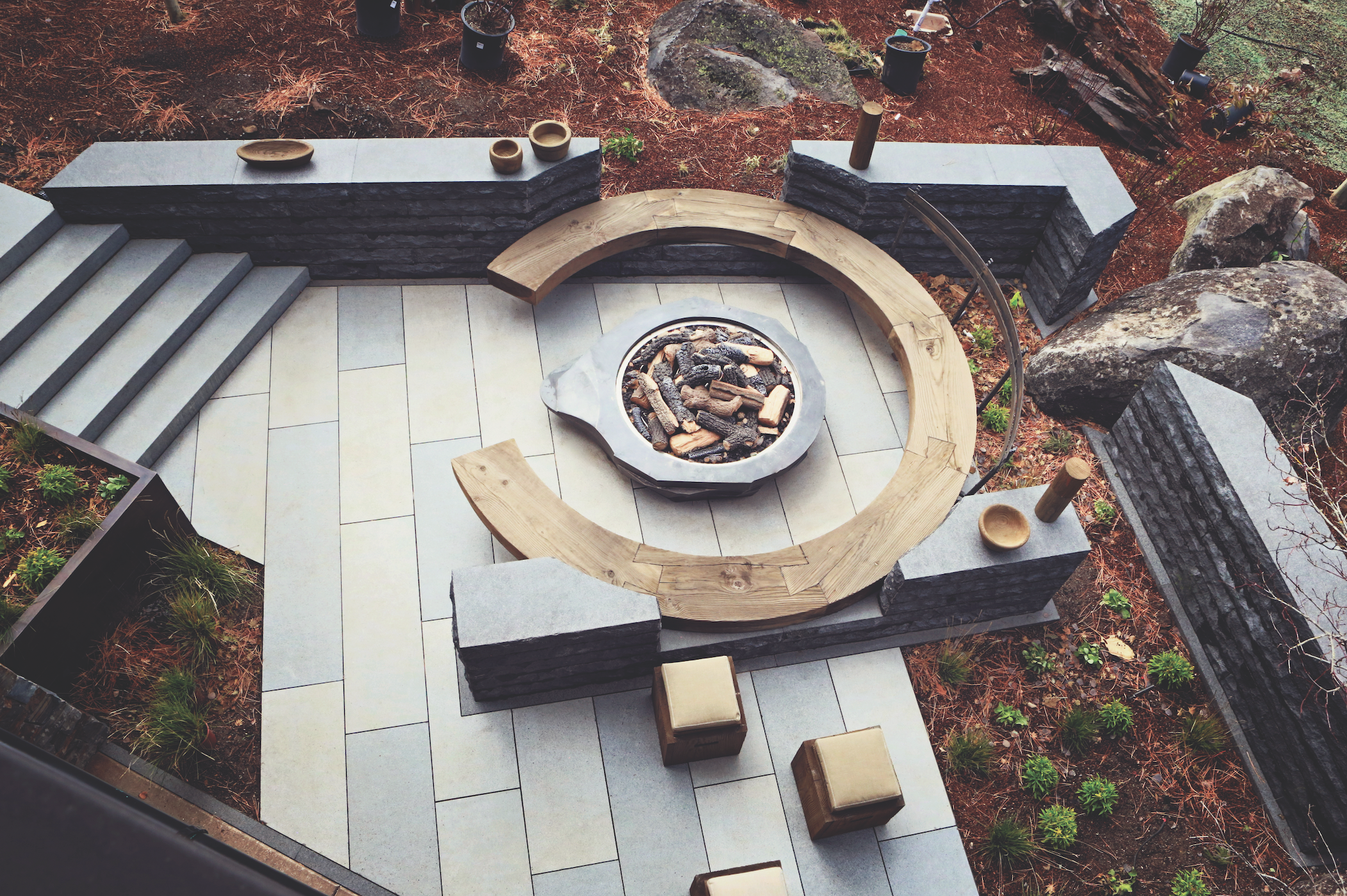
Working with his friend and colleague, Jared Williams, who owns Arris Stoneworks (a Seattle-based importer), all of the basalt and granite for the project was quarried, fabricated and textured in southern China and shipped to the Port of Oakland.
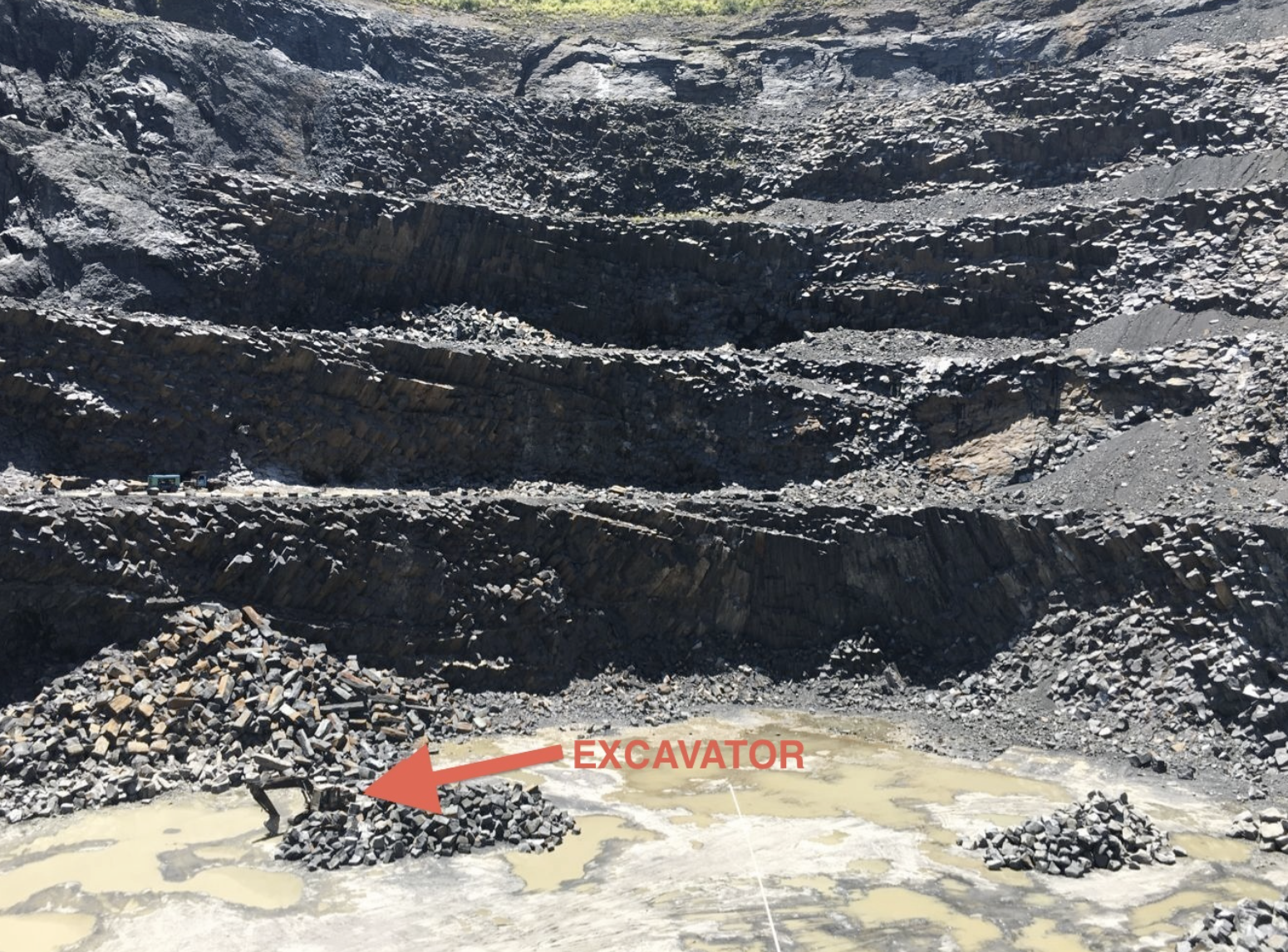
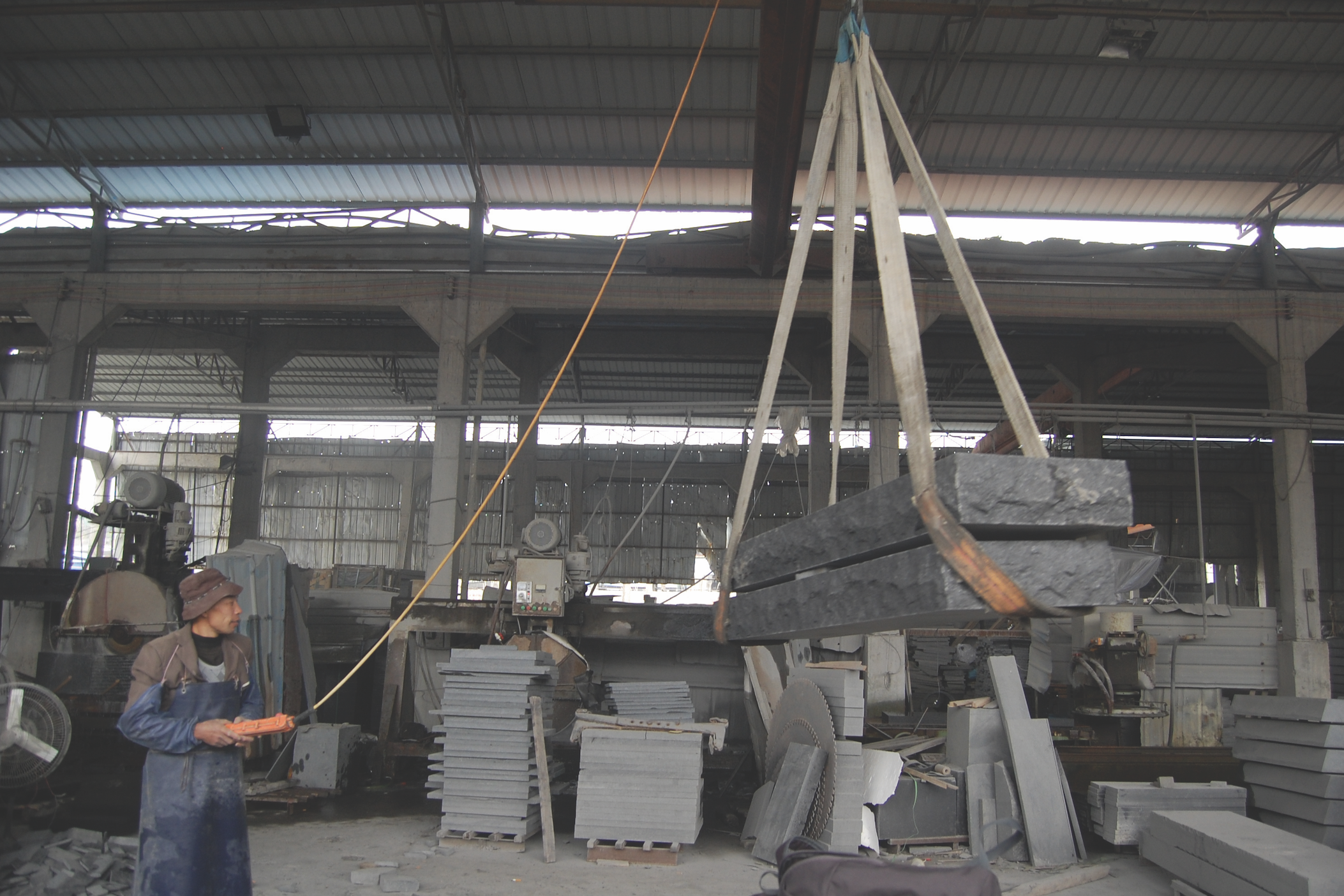
Basalt Wall Plank in China
“We essentially designed and built this like stone Legos,” explains Jon. “We had about 28 different types of cuts that all came in oversized and then we did the final cuts in the field. We rotated three textures for all of the top surfaces or exposed faces, including Adze, Lychee and Thermaled, because texture awakens stone’s potential.”
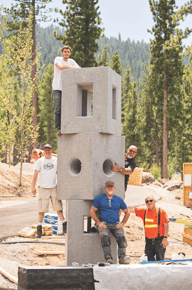 Two years and over 300 tons of stone later, Jon and his team completed construction on the massive $4.1 million project that also included a multimillion-dollar landscape installation and the installation of a new subsurface heating and cooling system. “We created a series of experiences … on the journey from inside the house or from the motor court down to the large outdoor fire lounge,” Jon says. “I designed three playful, geometric sculptures that were ‘tossed and twisted’ about from point A to point B to bring in some vertical aspects to the landscape. Along the way, there were plenty of opportunities to pause and sit on the basalt plank walls. We set four big stone landings for the transitions down to the fire lounge. The trees and plantings were purposefully planted close to the very long walkway so that the client would feel enveloped by them.”
Two years and over 300 tons of stone later, Jon and his team completed construction on the massive $4.1 million project that also included a multimillion-dollar landscape installation and the installation of a new subsurface heating and cooling system. “We created a series of experiences … on the journey from inside the house or from the motor court down to the large outdoor fire lounge,” Jon says. “I designed three playful, geometric sculptures that were ‘tossed and twisted’ about from point A to point B to bring in some vertical aspects to the landscape. Along the way, there were plenty of opportunities to pause and sit on the basalt plank walls. We set four big stone landings for the transitions down to the fire lounge. The trees and plantings were purposefully planted close to the very long walkway so that the client would feel enveloped by them.”
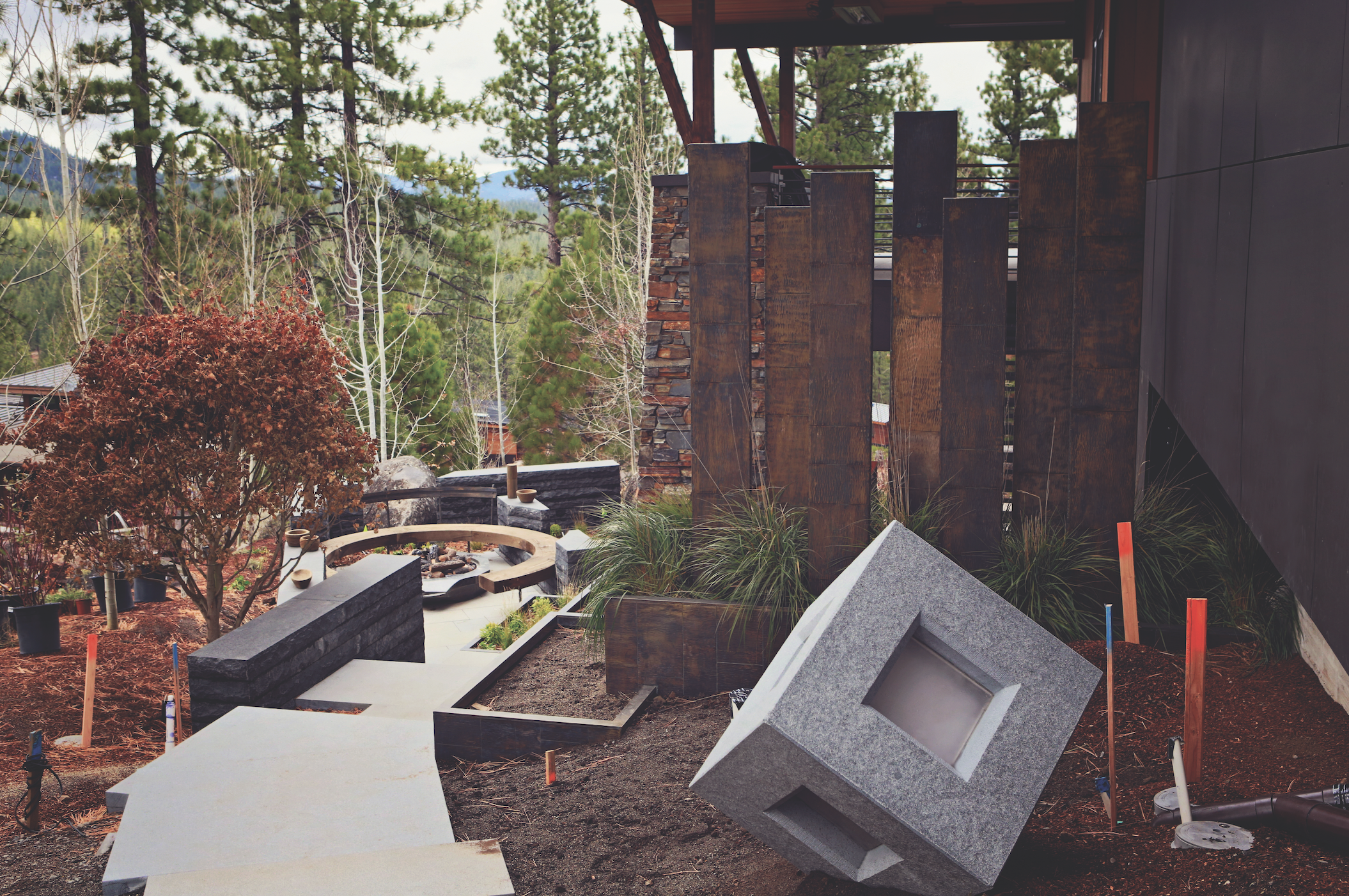
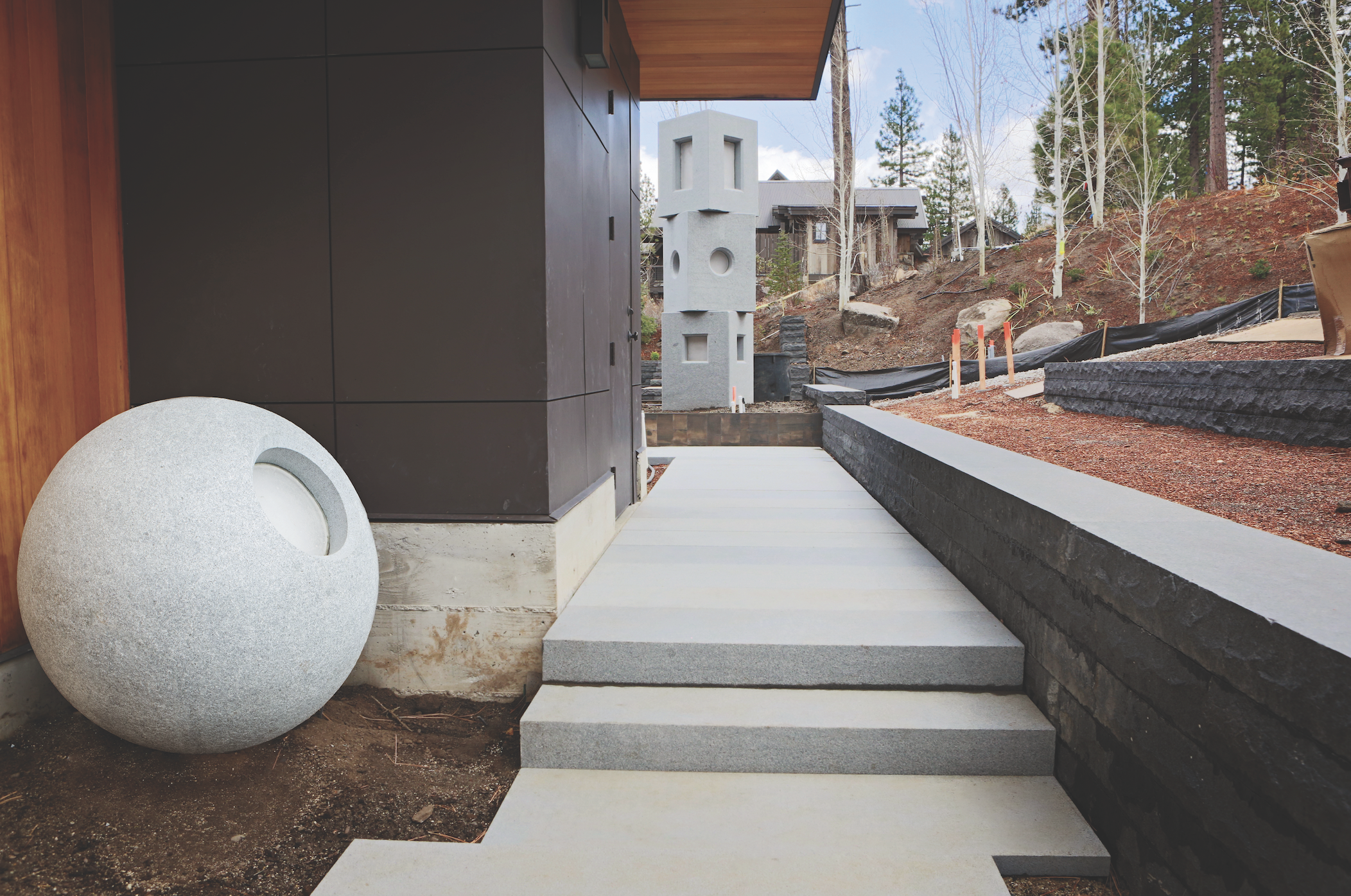
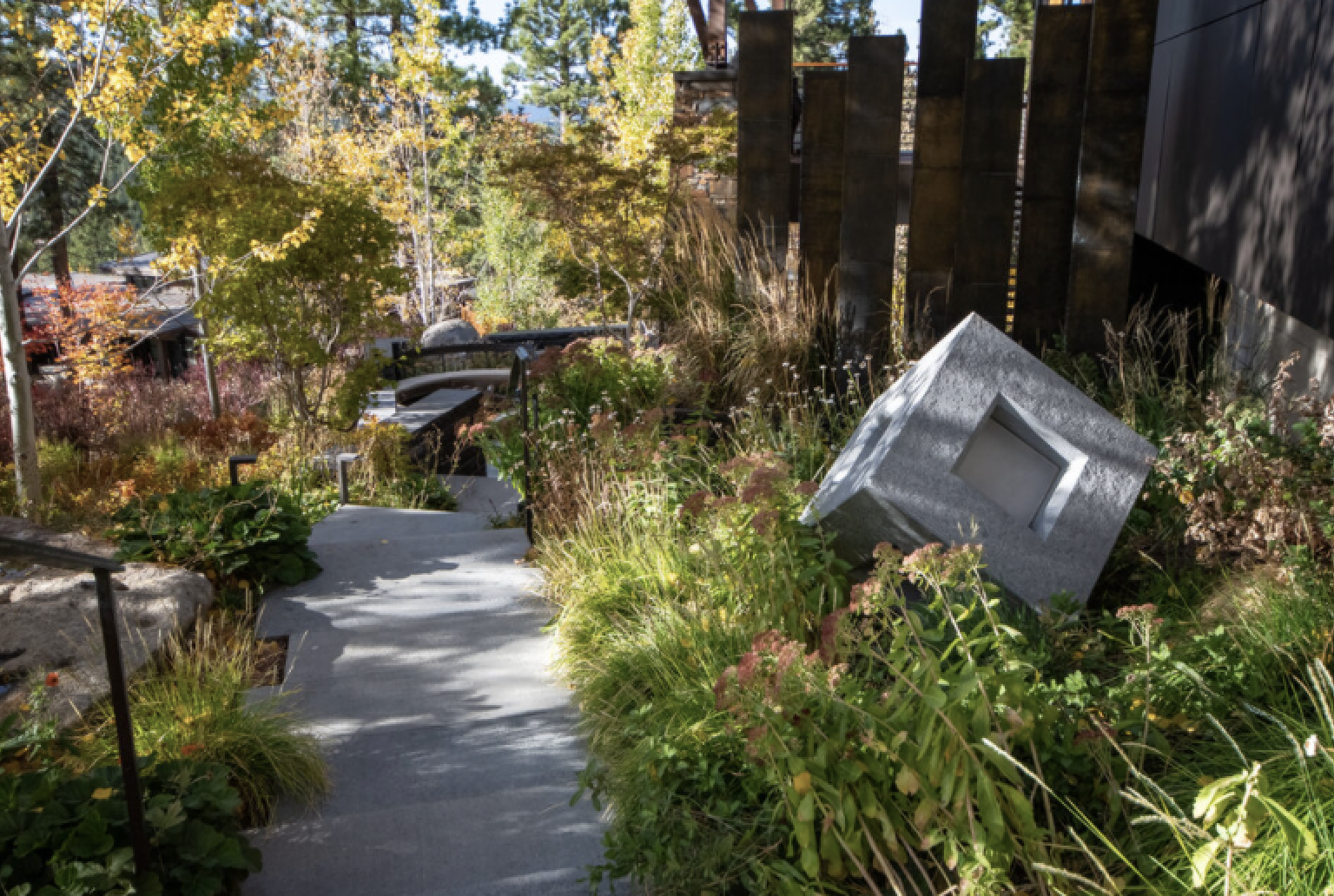
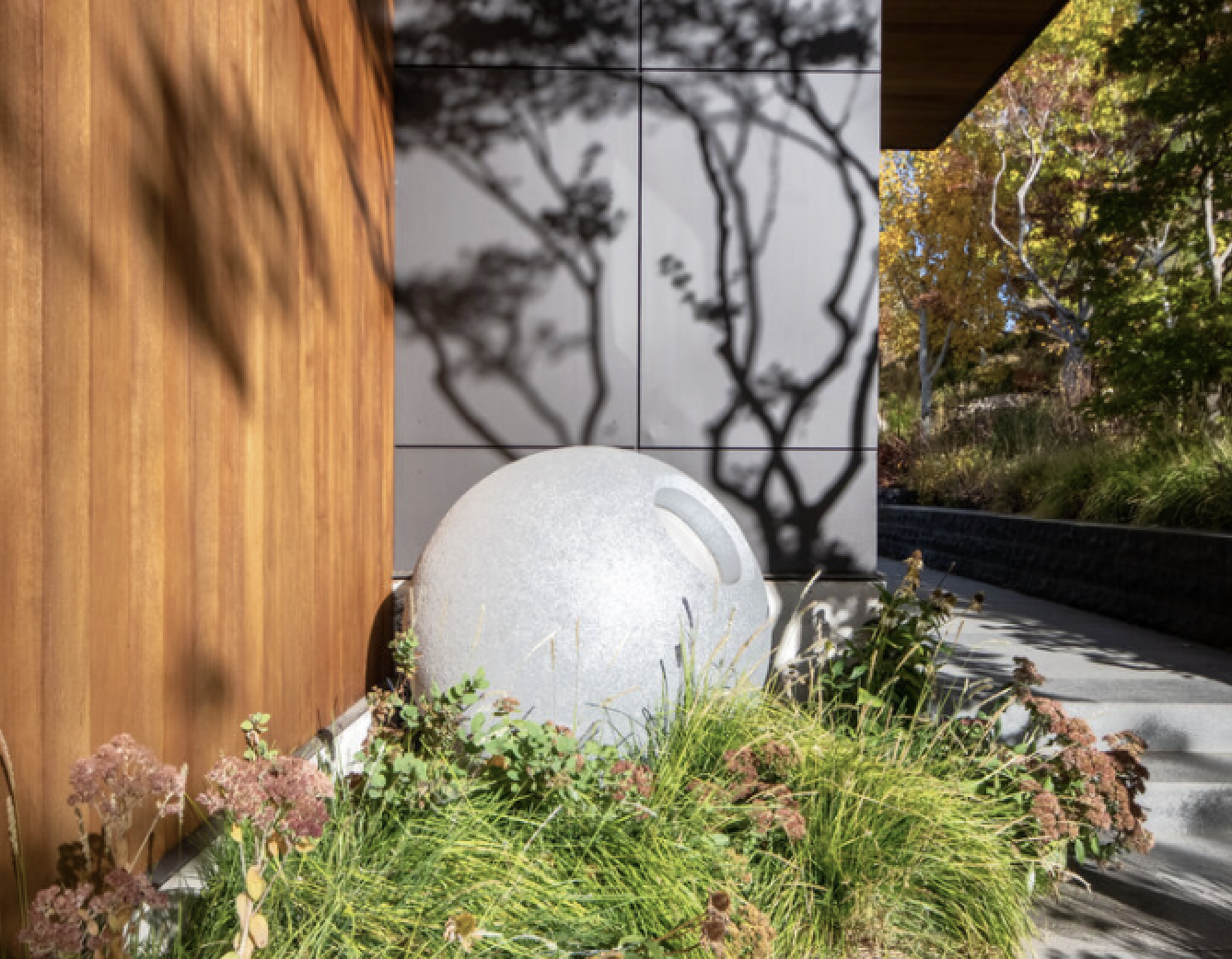
(Top Row) Granite Sculptures; (Bottom Row) Granite Sculptures 5 Years Later
On the opposite side of the dry stone spectrum, you can also find Jon using this method to create what he calls “wild spaces.” Over the last decade, he has built four of these spaces around Colorado and Arizona and has very specific criteria he set for himself for the project to be called a “wild space.” All of the rock must be collected by hand from the local land, the feature must be big enough for other people to enjoy, and it must remain in place for anyone to use. He explains, “I build the feature for free using the dry stone method. It costs no money at all, just my time and some fuel for the truck.”
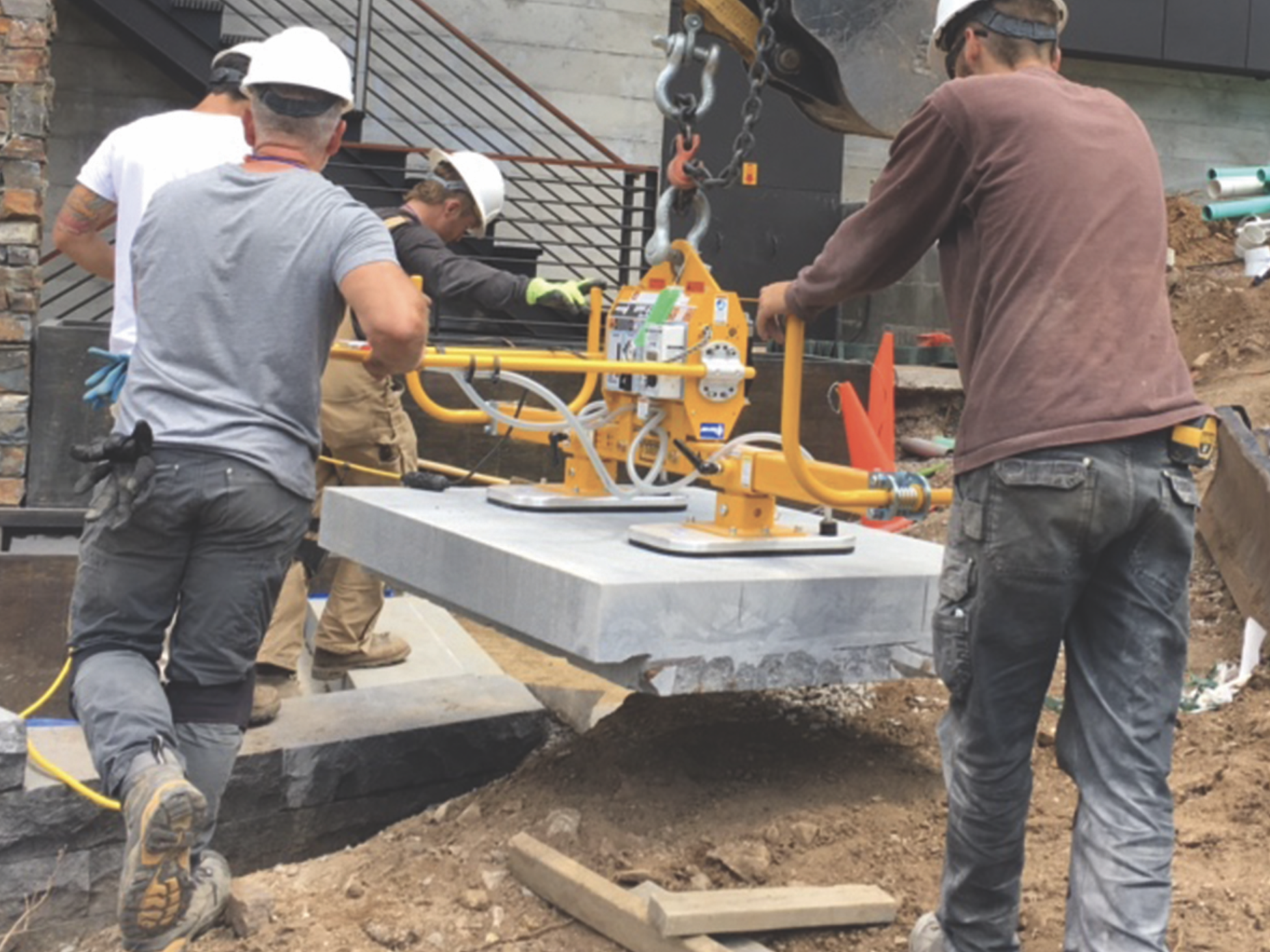
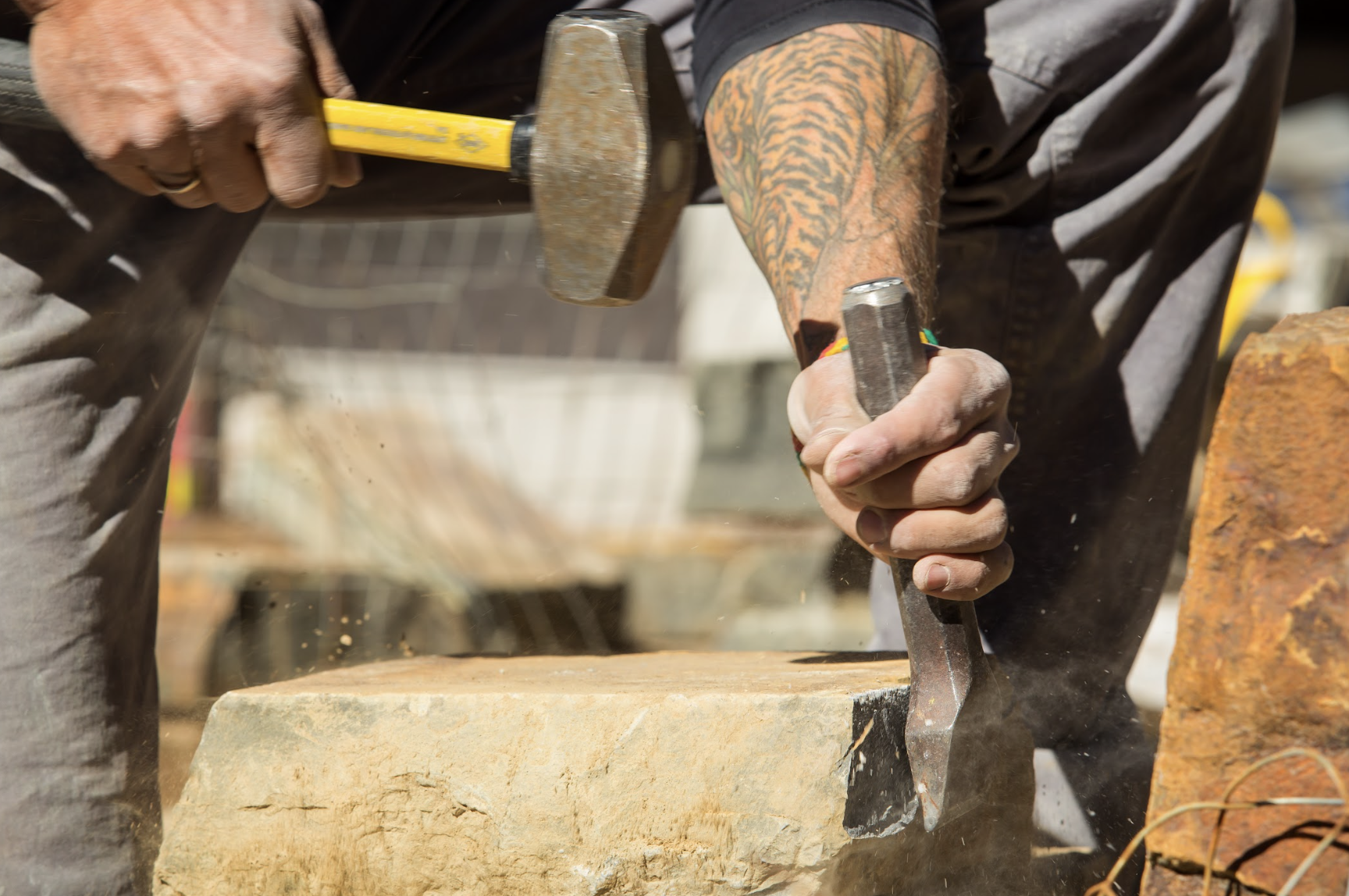
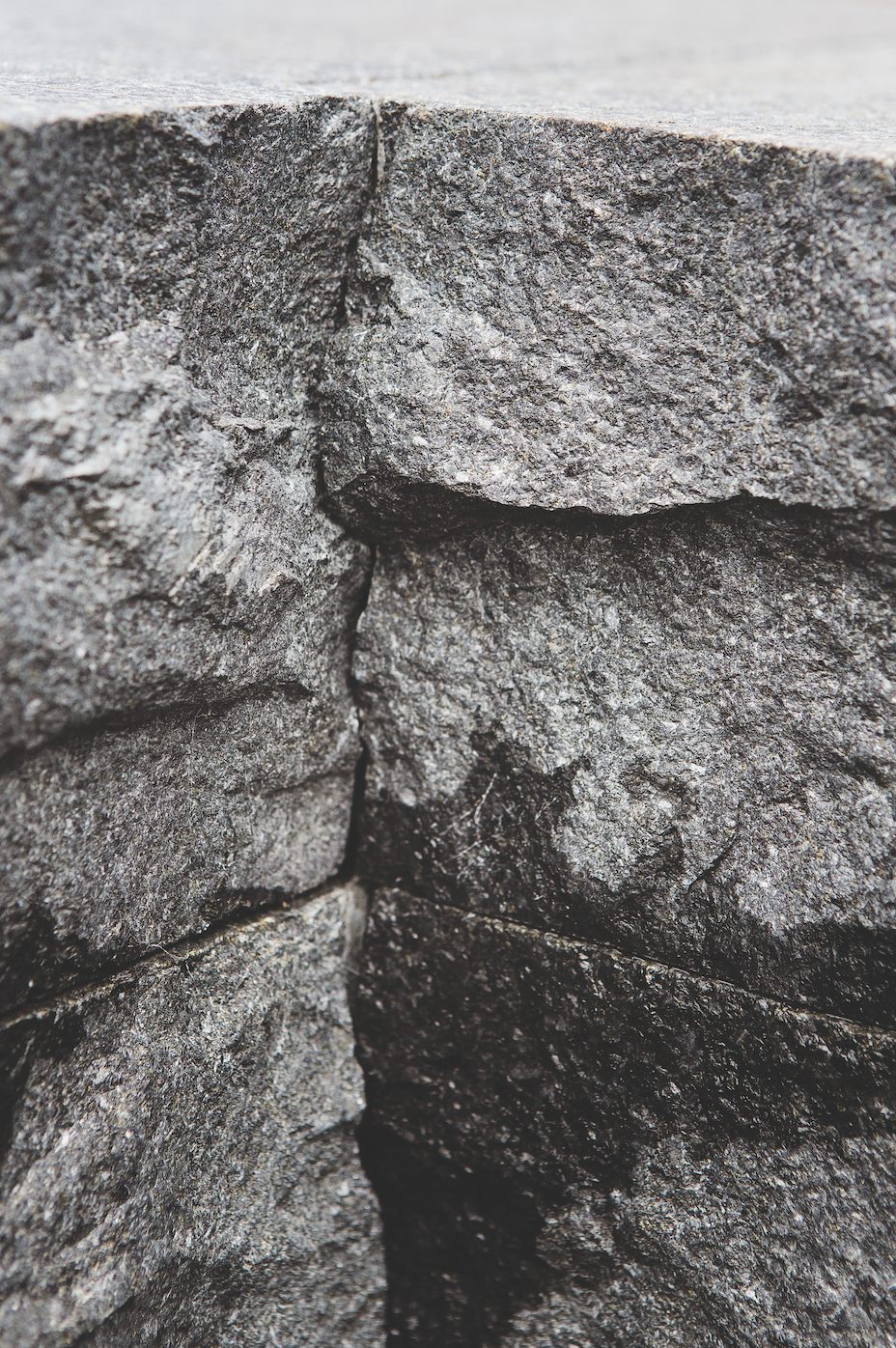
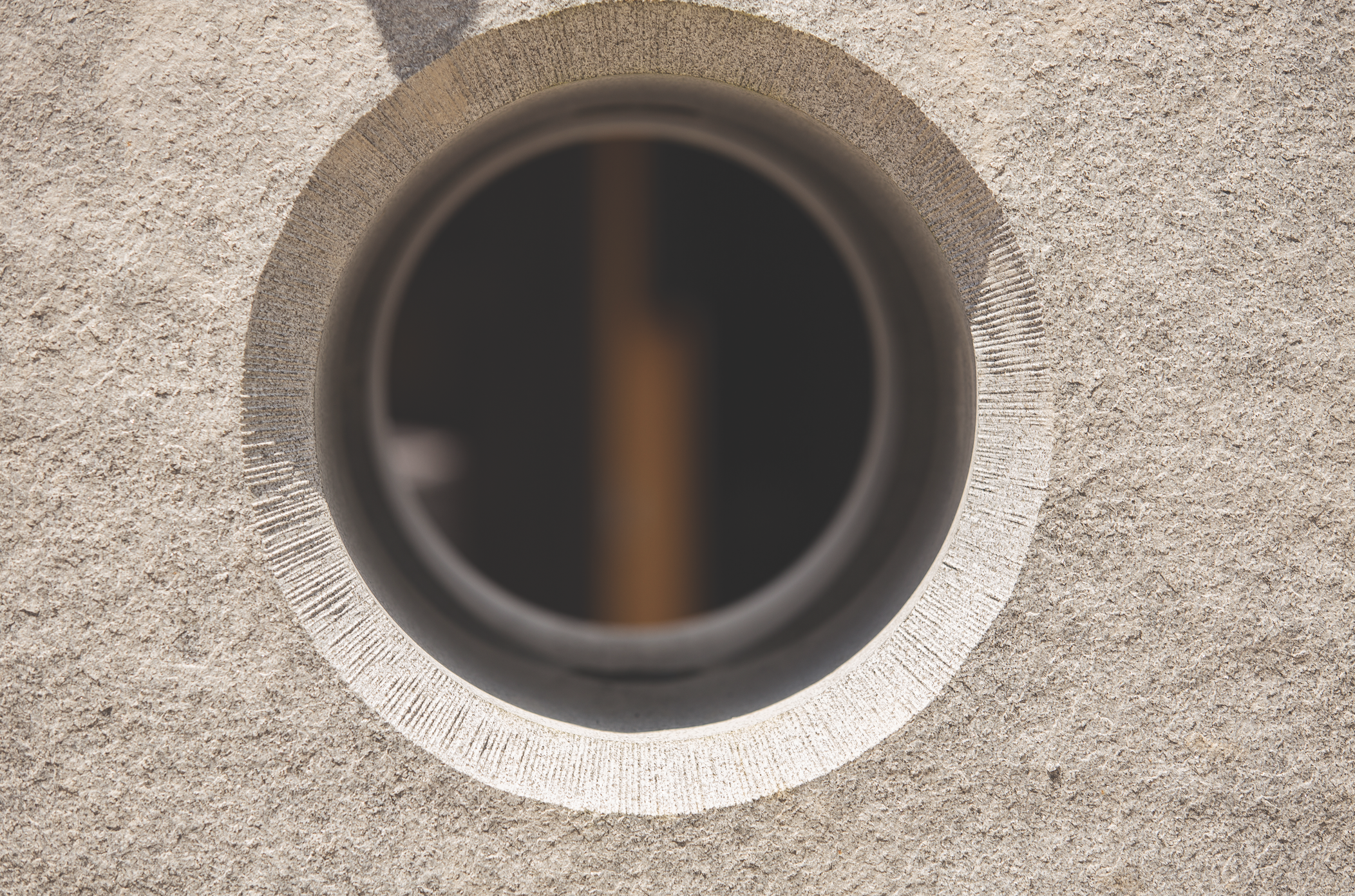
In 2013, when he was living in the Animas Valley north of Durango, Colorado, there was a mudslide in the La Plata mountains that pushed mud and debris onto the county roads. When the local crews cleaned off the roads, all of the mud and rock was pushed to the shoulder. Taking advantage of the opportunity that nature had provided, Jon collected the rock, threw it into the back of his truck and transported it back to his rental home. With the newly acquired material and his son Aidan’s help, he created a 60-inch-wide stone fire bowl under a large willow tree in his backyard. “When we wanted to have a bonfire, I put the lid of an oil barrel down to prevent the fire from discoloring the rock,” he says. “The next morning, I’d remove the lid and we’d have a stone art piece to look at until the next bonfire.”
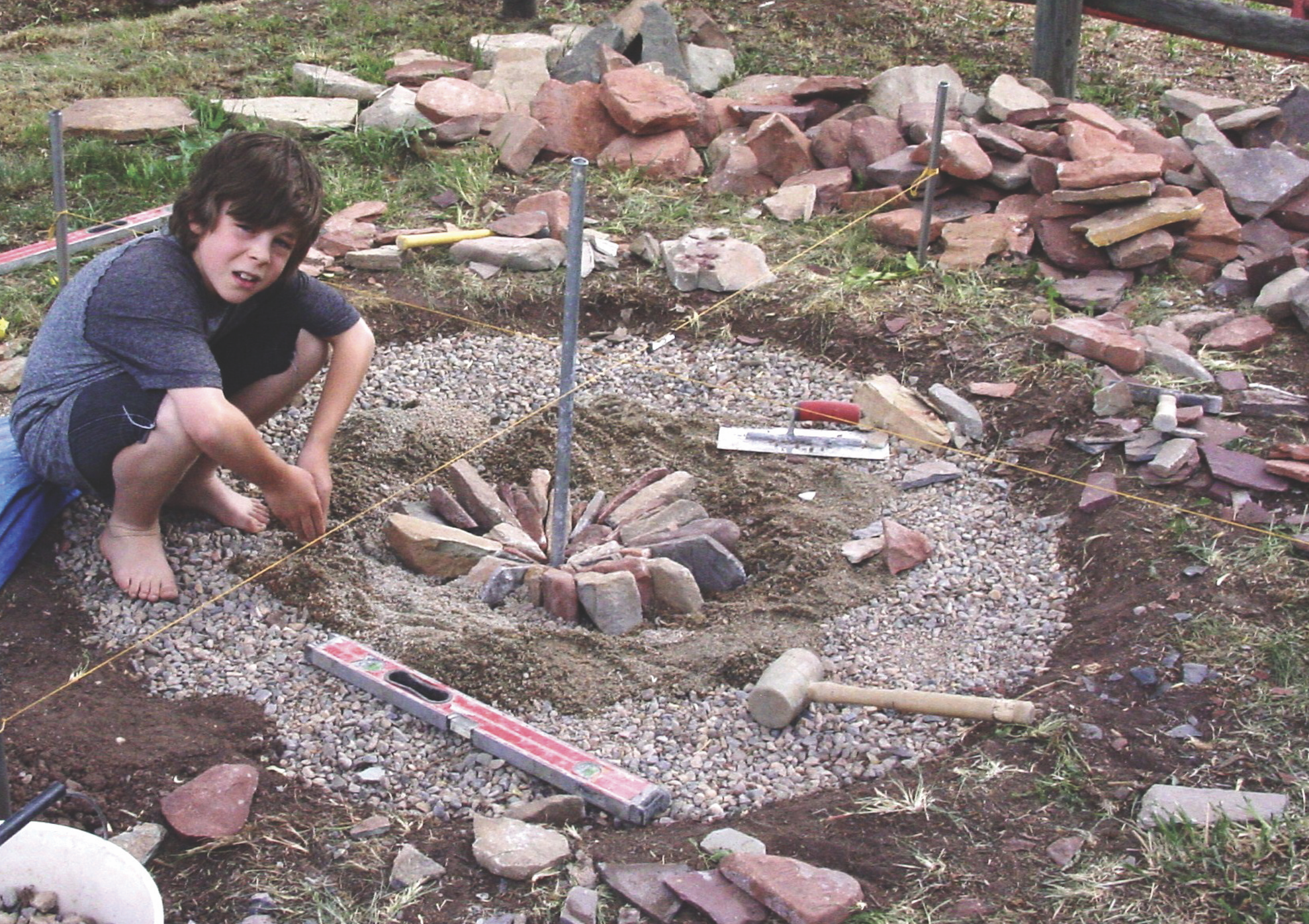
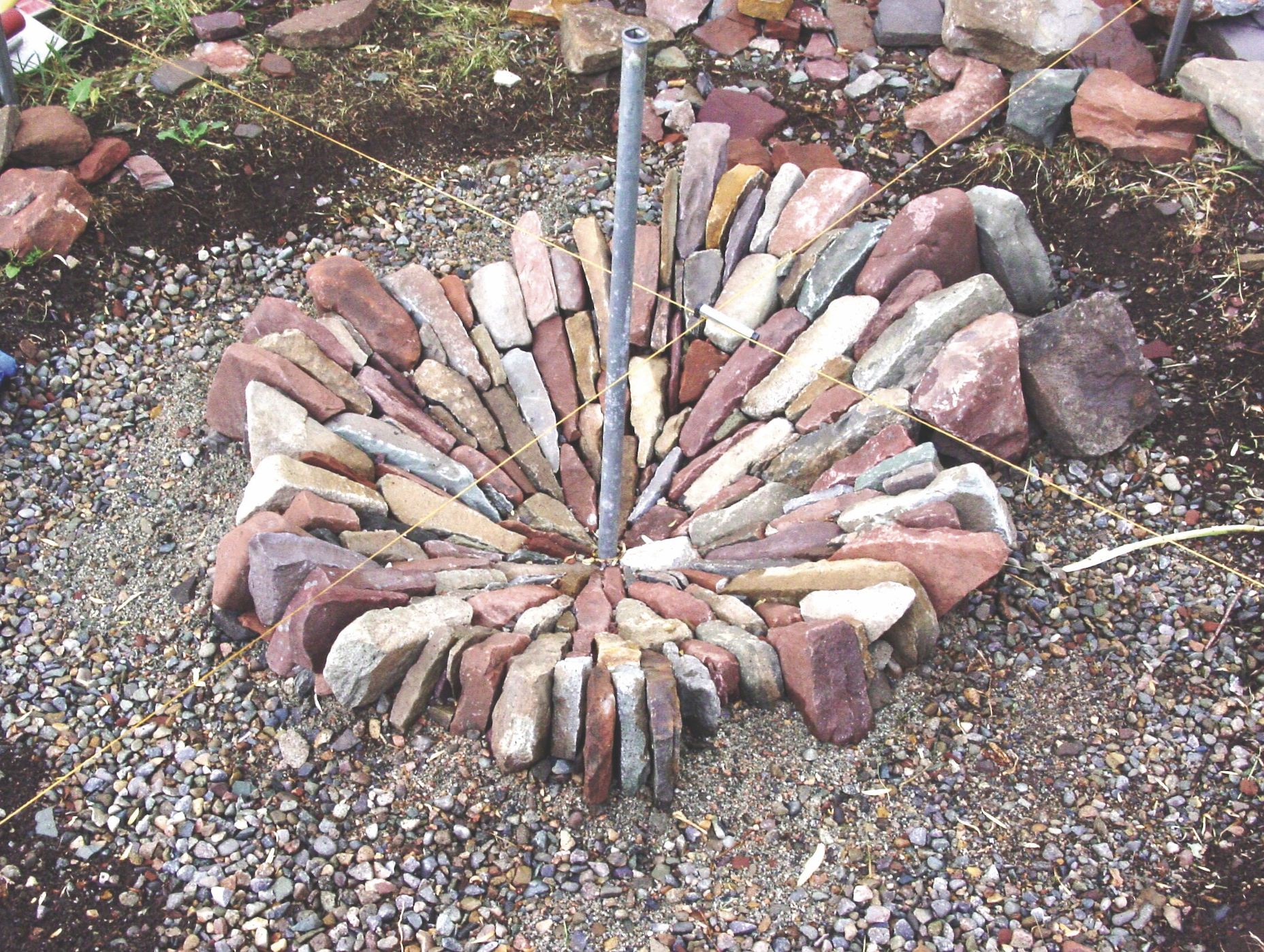
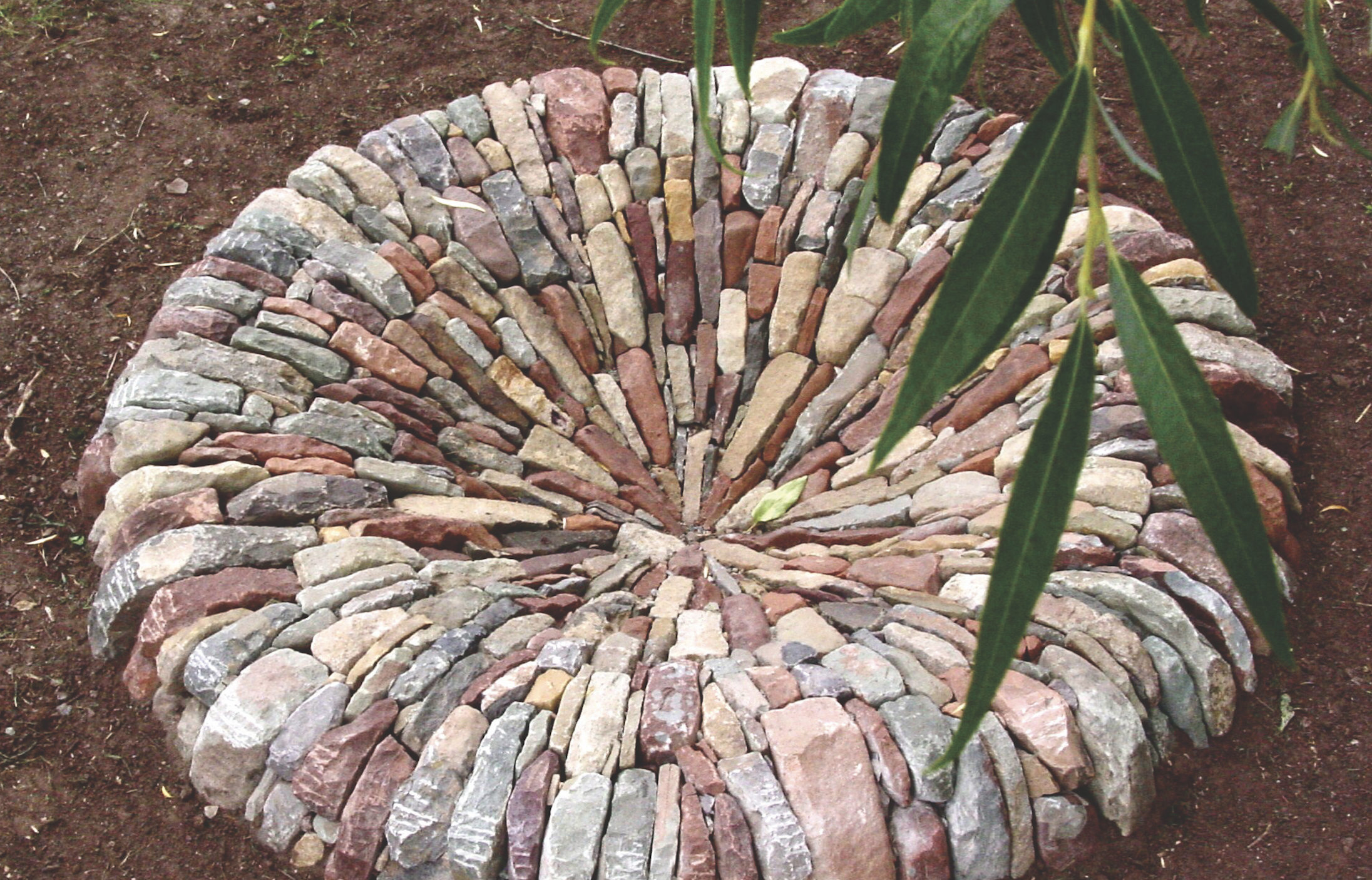
In an industry where, unfortunately, concrete tends to rule, Jon—and many other incredible dry stone masons—are proving that the dry stone technique is the better, more beautiful and much more sustainable way to build outdoor features.
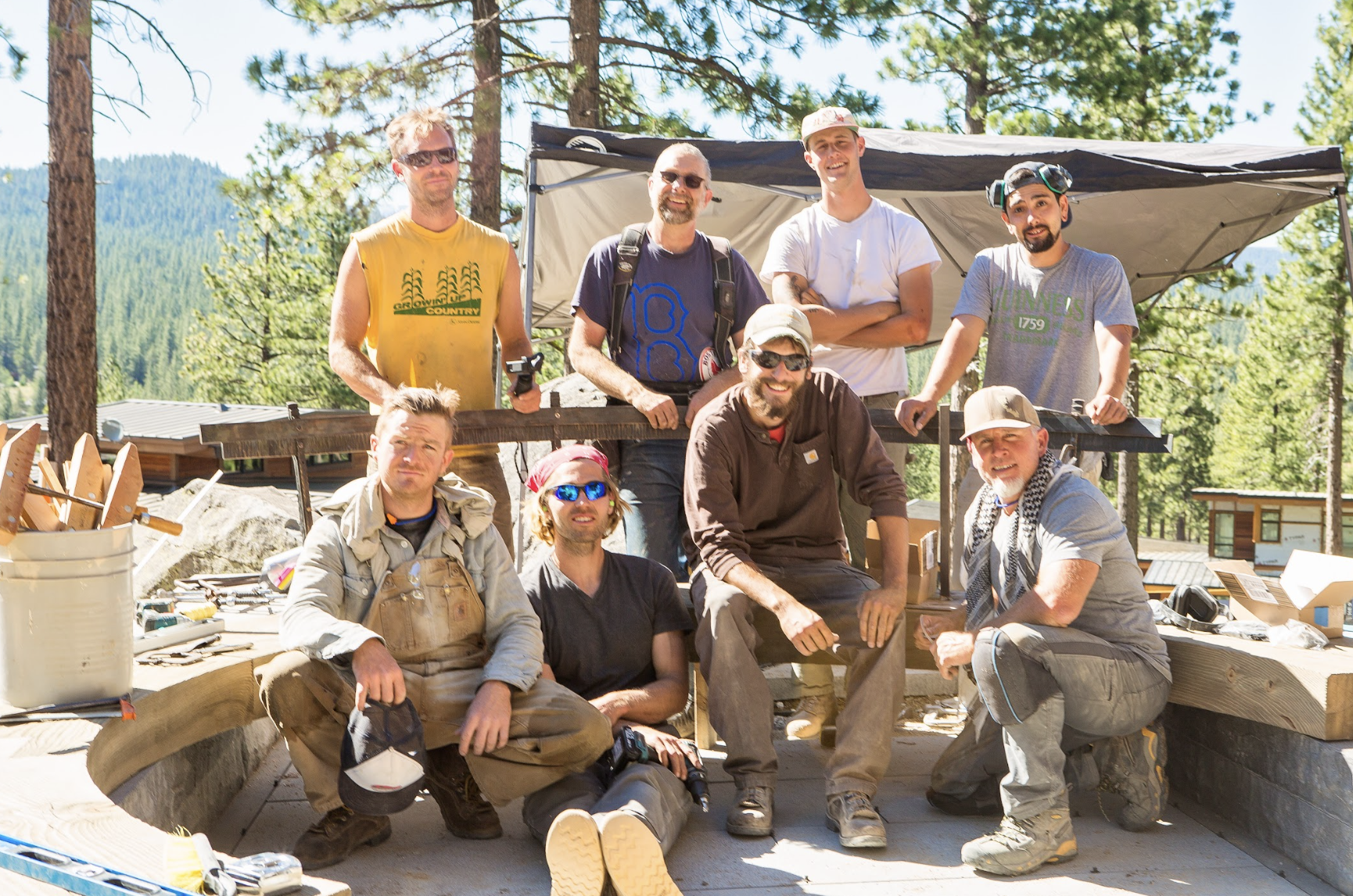
Get In Touch With...
Jon Aguilar
Owner of JTA Stoneworks
Phone: (425) 530–5414
Email: jontaguilar1@gmail.com
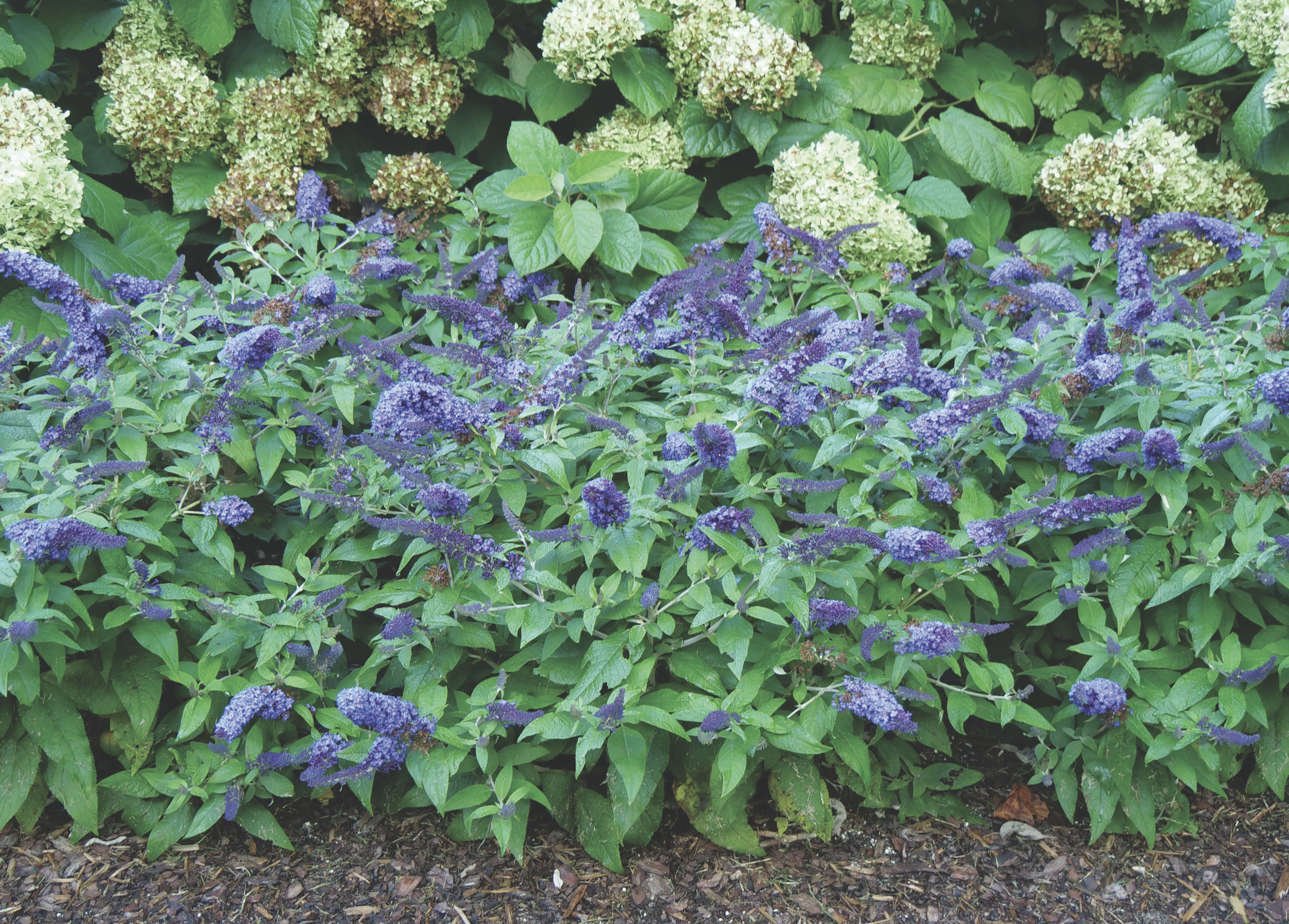
The Power of Plant Breeding
Jane Beggs-Joles Talks Us Through the Why, What & How When it Comes to Developing New Plant Varieties

Q+A: What do you think the industry needs to do in 2024?
What do you think the industry needs to do in 2024?
.png?width=541&height=218&name=synkd%20logo%20w%20tagline%20(2).png)
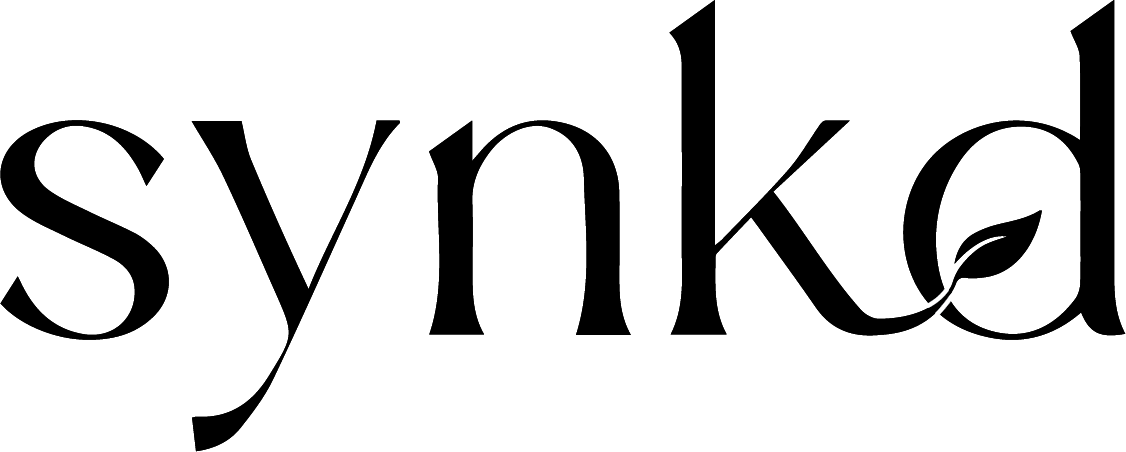


 Jada Babcock
Jada Babcock
